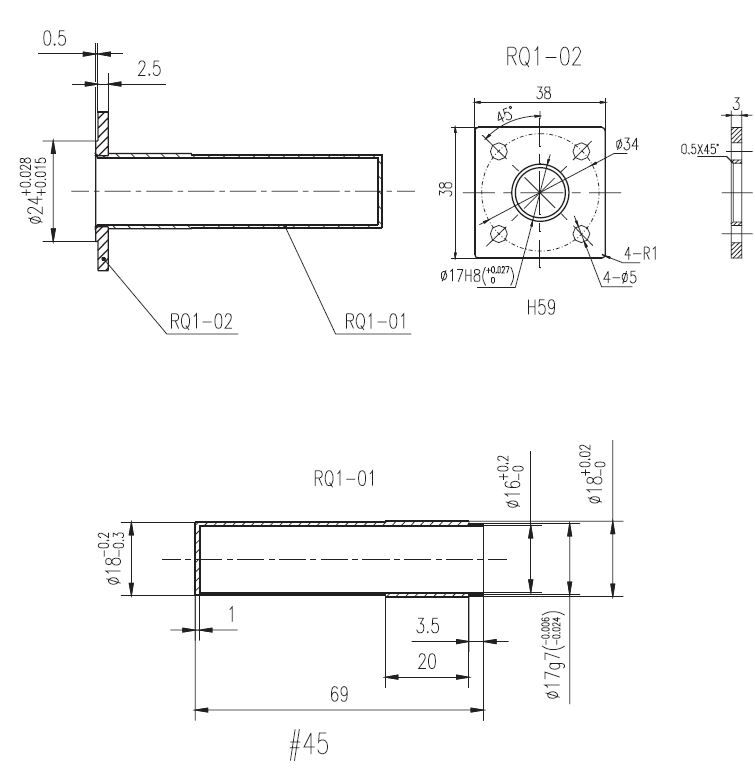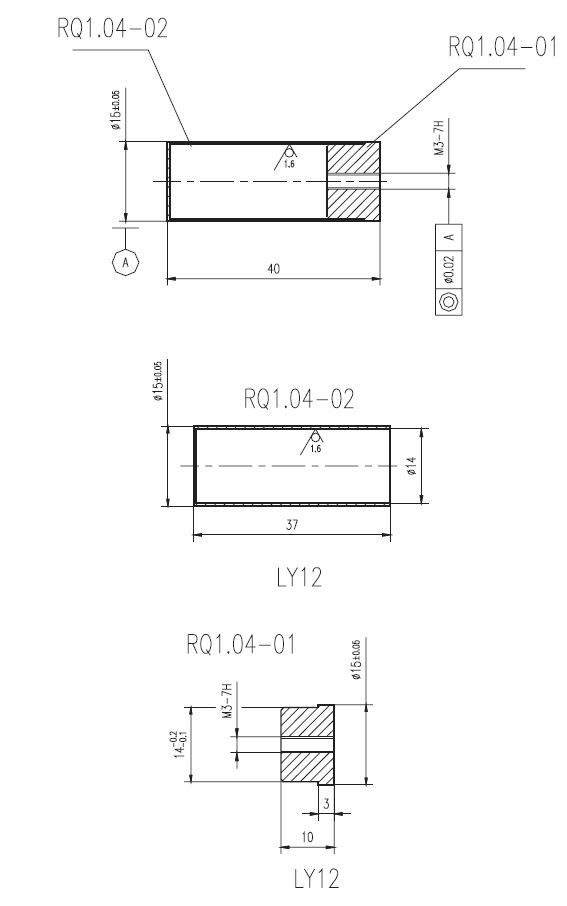Stirling Engine H8101 Grizzly
Stirling Engine H8101 Grizzly
- This topic has 11 replies, 4 voices, and was last updated 19 May 2016 at 12:11 by
Ian S C.
Viewing 12 posts - 1 through 12 (of 12 total)
Viewing 12 posts - 1 through 12 (of 12 total)
- Please log in to reply to this topic. Registering is free and easy using the links on the menu at the top of this page.
Latest Replies
Viewing 25 topics - 1 through 25 (of 25 total)
-
- Topic
- Voices
- Last Post
Viewing 25 topics - 1 through 25 (of 25 total)






